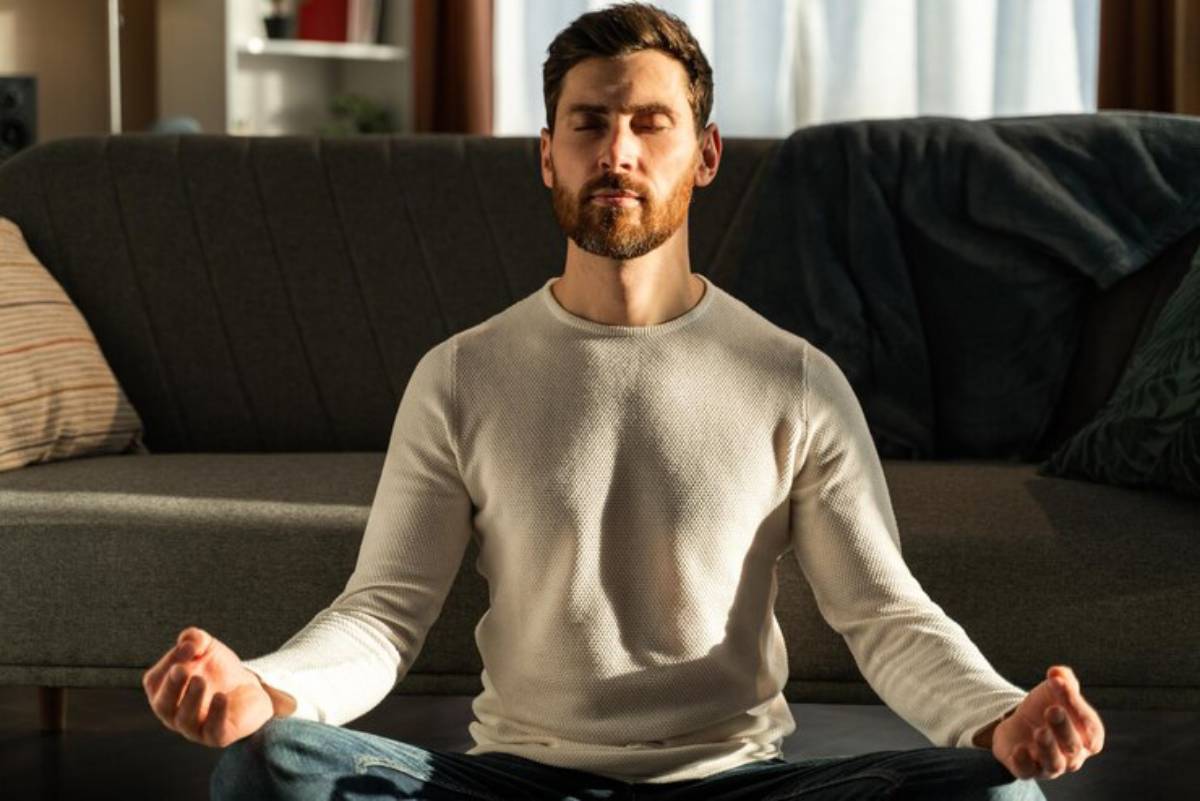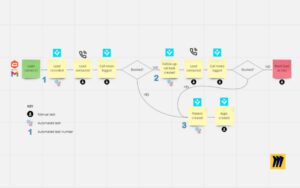The Personal Development Blog

Analysing the First 30 Minutes of a CEO’s Day
What do the first 30 minutes of your day look like? For top CEOs, this window isn’t filled with scrolling or snoozing. It’s a masterclass in focus, clarity, and control. Whether they wake at 4:30 or 7:00 AM, the way CEOs start their morning often reflects how they lead — with precision and intention.
This blog explores the CEO first hour strategies that define high performance. By understanding these powerful morning habits, you can adapt them to suit your routine — and begin each day with better direction, energy, and productivity planning.
Why the First 30 Minutes Matter More Than You Think
Those initial moments after waking set the tone for your mental state, emotional balance, and decision-making strength. What’s done (or avoided) during this window influences how the rest of the day unfolds.
The science says: mornings influence mindset
Cognitive scientists have found that your brain is most absorbent during the first hour after waking. Your willpower is strongest, your attention is least divided, and your emotional state is most impressionable.
That’s why CEOs guard their early mornings. It’s their opportunity to lead from a place of clarity, not chaos.
What Most CEOs Avoid First Thing
Before diving into what successful leaders do, it’s important to look at what they don’t do — and why.
No emails
Scanning messages immediately puts you in a reactive state. CEOs prioritise reflection or strategy before inbox demands.
No phone scrolling
Social media disrupts attention. Most executives skip the feed in favour of focused thought.
No chaotic multitasking
Jumping from tasks fractures focus. High performers structure their mornings around single-purpose actions.
Protecting the mind from noise allows better decision-making throughout the day.
The 30-Minute Breakdown: CEO First Hour Strategies in Action
Let’s look at how the first half-hour typically unfolds in a high-performing executive’s morning — and how to translate that into your own routine.
Minute 1–5: Mindful Awakening

Most CEOs don’t leap straight into action. The first few minutes are calm and intentional.
- Deep breathing or meditation
- Stretching to wake the body
- Glass of water with lemon or plain
- No screens, no noise
This time helps reset the nervous system and promote calm focus before the day escalates.
Minute 5–15: Movement or Stillness

Depending on the person, physical movement or quiet mental focus comes next.
- Light cardio or strength training (for early risers like Tim Cook or Anna Wintour)
- Journaling (used by leaders like Jack Dorsey)
- Short walk outdoors
- Intentional silence or gratitude practice
This part of the routine supports mental clarity, energy regulation, and emotional balance — crucial for high-stakes decision-makers.
Minute 15–25: Strategic Planning

This is where productivity planning takes centre stage.
- Review top 3 priorities for the day
- Write or visualise outcomes
- Align tasks with bigger goals
- Scan calendar, not inbox
Focusing on outcomes rather than tasks gives purpose and structure to the day. CEOs who do this often report fewer distractions and greater progress by midday.
Minute 25–30: Quick Learning or Inspiration
Many CEOs use this final block of the half-hour for focused mental input.
- Reading 2–3 pages of a book
- Listening to a short podcast segment
- Reviewing quotes, notes, or articles
- Brief reflection on yesterday’s wins or lessons
This builds momentum and frames the day with curiosity, wisdom, or motivation.
Examples from Real CEOs and Their Morning Starts
You’ll find the same elements — mindset, movement, planning — across many top executives.
Tim Cook – Apple CEO
- Starts at 3:45 AM
- Reviews product updates and market data
- Exercises before sunrise
- Quiet strategic prep before the day ramps up
Oprah Winfrey – Media Executive
- Begins with meditation
- Journals intentions and gratitude
- Reads or reflects
- Protects early hours for mental stillness
Jack Dorsey – Former Twitter CEO
- Wakes around 5:00 AM
- Meditates for 30 minutes
- Followed by a 5-mile walk or run
- Journals to clarify priorities
Sundar Pichai – Alphabet CEO
- Wakes around 6:30 AM
- Spends 15 minutes reading the news
- Enjoys a calm breakfast with tea
- Starts work with a clear plan
Each routine reflects different personalities — but all emphasise clarity, rhythm, and early control.
How You Can Apply These Powerful Morning Habits
You don’t need to wake up at 4:00 AM or run five miles before dawn. The secret lies in consistency and alignment.
3-Step Framework to Build Your Own 30-Minute Power Start
1. Clear the noise (0–10 minutes)
- Hydrate
- Avoid screens
- Breathe, stretch, or sit quietly
- Give your brain a calm start
2. Prime your focus (10–20 minutes)
- Review your goals
- Journal thoughts or write your daily priorities
- Align energy with your values
3. Activate your mindset (20–30 minutes)
- Read something inspirational
- Listen to a few minutes of a podcast
- Reflect on what success looks like today
Small rituals compound into lasting results — just like they do for CEOs.
Why 30 Minutes Beats 3 Hours
The world romanticises complex morning routines. But the truth is, the best routines are repeatable.
You don’t need to conquer the day by 7:00 AM — you just need to create space for intentional momentum.
A focused 30-minute practice delivers:
- Mental clarity
- Greater self-awareness
- Less reactive thinking
- Fewer decision delays
- Stronger sense of control
And it does it without the stress of perfectionism or over-planning.
Win the Morning, Win the Day
The first 30 minutes of a CEO’s day are not a luxury — they’re a strategy. They’re carefully designed to spark clarity, build discipline, and steer the day’s direction before distractions arrive.
You can apply the same CEO first hour strategies with just a little planning. By adopting even one or two powerful morning habits, you position yourself for better decision-making, sharper thinking, and meaningful progress — all before most people have had their coffee.
Because real leadership doesn’t start at your desk. It starts when you open your eyes — with a clear agenda in mind.









